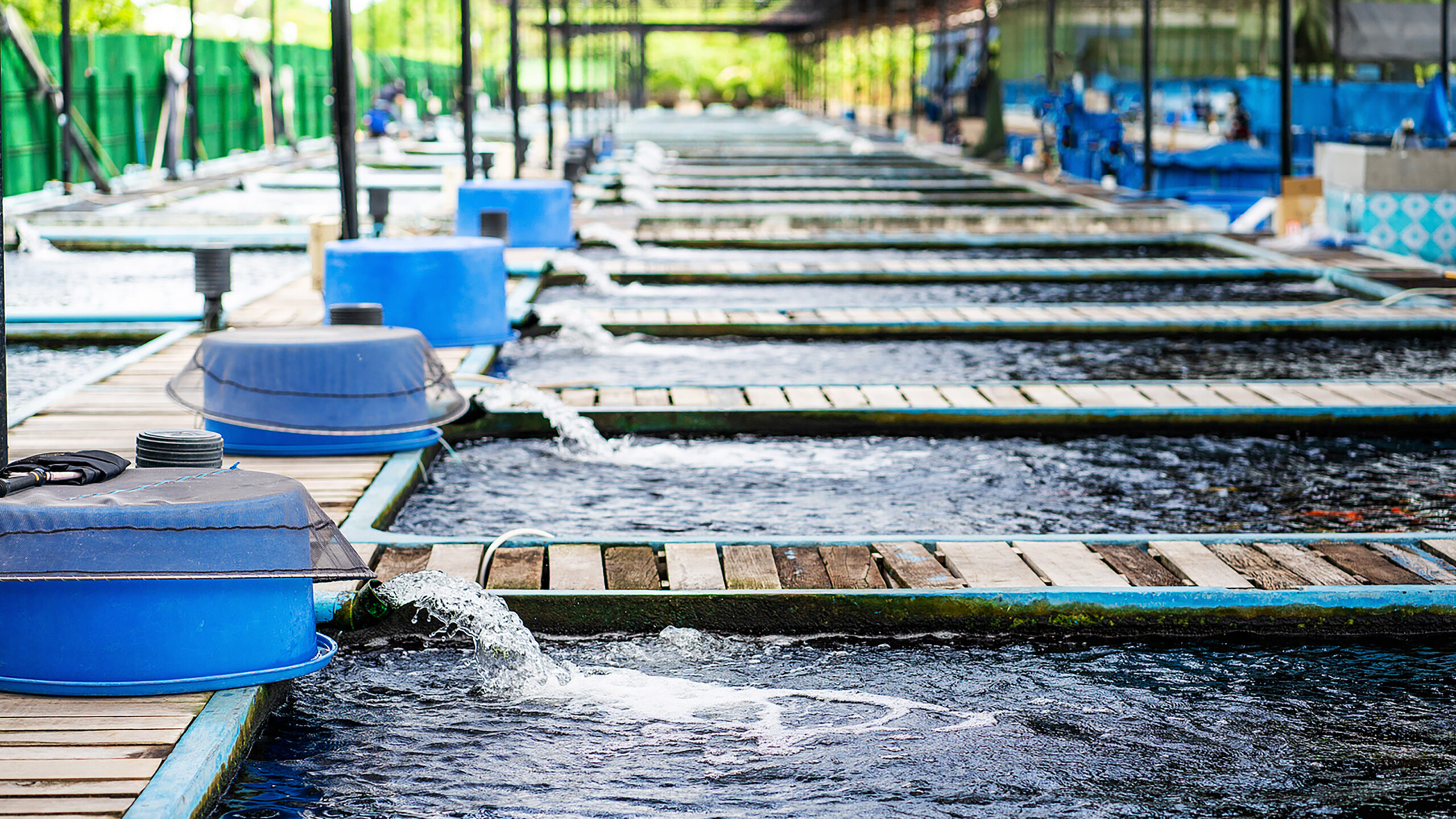Aquaculture and fish farming require careful monitoring of conditions to ensure healthy, sustainable production. Techniques including spectroscopy and oxygen sensing are useful analytical tools in aquaculture settings.
Aquaponics is the combination of aquaculture and hydroponics to produce crops. In an aquaponics system, fish or other aquatic organisms and plants share a symbiotic relationship that requires careful maintenance of critical parameters to keep the system in balance. If pH, dissolved oxygen, water temperature and nutrient concentration are not maintained, unhealthy fish will lead to poor crop production. Real-time monitoring of these criteria enables aquaponics farmers to react quickly to changes, ensuring best results.
Similar environmental parameters are monitored in fish farming, where water quality and growing conditions can affect fish health, harvest, and sustainability. Because of their small footprint, great portability and ease of integration, optical sensing devices are well suited for such applications.
Aquaponics Systems
In a benchtop-sized aquaponics setup, we tested the viability of Ocean Optics spectrometers, chemical sensors and accessories to monitor pH, nutrient level and lighting conditions. To further simulate an aquaponics operation, we used the Schematic View in OceanView spectroscopy software – a feature that generates, edits and exports spectral process flow diagrams – to create a system dashboard to monitor conditions in real time (Figure 1).

For pH measurements, we used an ST series microspectrometer (350-800 nm), a tungsten halogen light source, and a transmissive dip probe used with a pH indicator patch. The patch comprises a pH indicator dye in a matrix, which changes color in response to the analytes in its environment. The spectrometer measures the colorimetric (absorbance) response.
Nutrient concentration – in this case, of nitrates — was measured using a UV-Vis spectrometer (200-850 nm), a deuterium-halogen light source and transmission dip probe. Nitrates fertilize plants and help remove the harmful build-up of ammonia from fish waste but need to be kept at healthy levels. A similar setup could be integrated into larger-scale aquaponics processes at the component, subsystem, or turnkey system levels.
The other system element we measured was lighting. Whether relying on sunlight for outdoor setups or high-pressure sodium lights or LEDs in greenhouse operations, growers are interested in the total optical power of illumination sources and the effects of their color spectra on crops. These criteria can be measured using Ocean Optics radiometrically calibrated spectrometers.
Fish Farming Systems
Aquaculture is big business. According to the National Oceanic and Atmospheric Administration (NOAA) Fisheries, aquaculture accounts for 50% of all seafood produced globally for human consumption and has grown at double-digit rates for the last two decades.
Maintaining water quality is crucial for fish farming. This effort includes monitoring oxygen levels in real time, often in changing conditions. How can spectroscopy help streamline dissolved oxygen (DO) measurements, making measurements affordable and scalable?
It helps to first understand fiber optic chemical sensors. These sensors use robust indicator materials and optoelectronics for DO measurements in food and agriculture, marine sciences, life sciences and biotechnology. Compared with electrochemical sensing techniques, optical oxygen sensors can be made in small and customizable form factors, allow non-intrusive measurements, and do not consume the sample.
With Ocean Optics optical oxygen sensors, the principle of operation is to trap an oxygen-sensitive fluorophore in a sol-gel host matrix applied to an adhesive membrane (patch). The indicator material changes optical properties in response to specific analytes and electronics measure the response.
Ocean Optics offers complete oxygen-sensing systems, but our proprietary sensing material also can be integrated into third-party electronics. In one recent effort, we teamed with a leading supplier of technology for fish farming as part of an ongoing effort to elevate the performance of its DO sensor system for aquatic settings. Optimal DO concentration in water is necessary for the health of fish and is a good indicator of overall water quality. Our oxygen-responsive fluorescent sensor patches integrate into the customer’s sensor setup, with lab studies focusing on more robust calibration protocols for deployment in the field, to minimize discrepancies in prior methods and boost confidence in results.
Precision Aquaculture and Machine Learning
Aquaculture is a sophisticated business where managing data is vital to success. So, what happens to all the data customers collect using optical sensing techniques? One answer: the use of sophisticated algorithms to translate spectral data into actionable answers.
For customers without the resources, desire or expertise to interpret complex spectra, robust algorithm development can provide the simplicity of a yes-no answer, a determination of concentration, or some other criteria.
The combination of optical sensing technologies and sophisticated yet accessible algorithm development promises to expand the reach and heighten the impact of optical sensing for aquaculture. These tools will uncover new, objective data that can be used to improve yield, streamline production, and maintain sustainability.
